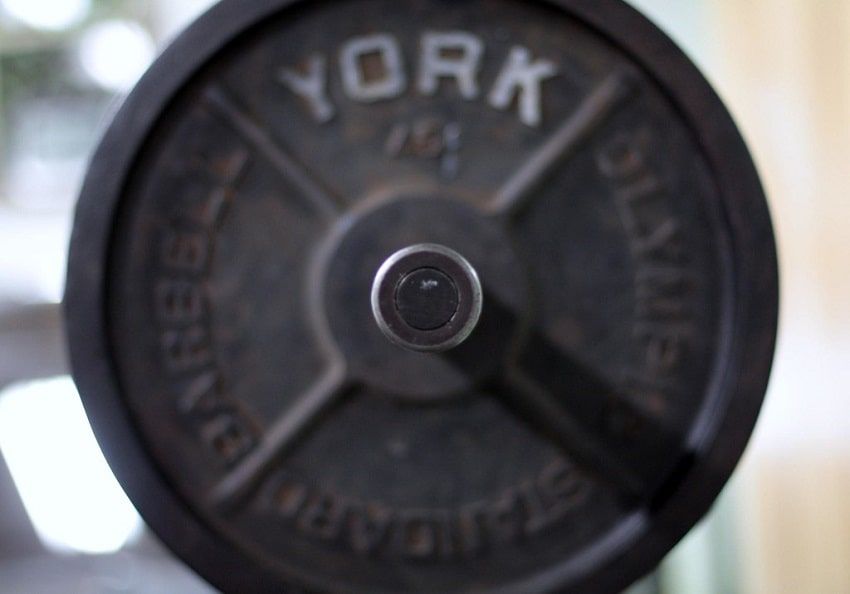
Should you train with a weight vest? Maybe. Here are some of my favorite benefits of training with this simple, under-rated tool.
The weight vest is about as basic a fitness accessory as you can think of. A vest, or a couple straps, that is loaded with weight that you drape over your shoulders.
How much weight you end up loading on yourself is obviously up to you, but the true benefit in wearing a weight vest is to progress slowly and according to ability. If you haven’t run in a year, putting on a 40lb weight vest is going to leave you a crumpled, injured mess in no time.
Here are some key benefits and things to remember when thinking about training with a weight vest.
Instant increase in difficulty.
Gym-goers and athletes alike fall into their routines. We go to the gym, do our workout, and get lulled into a sense of comfort and limited gains. Strapping on a weight vest provides an instant increase in difficulty and intensity, helping you to shake loose from today’s regularly scheduled programming.
Improvement comes from steadily twisting the dials of difficulty. Add a weighted vest to your dynamic warm-up, your cycling, your plyometric work, your planking, or your burpees.
We get better conditioned when we challenge ourselves. Adding a weight vest is a quick way to get this done.
Weighted vests are almost essential for plyometric work
The weighted vest is hilariously versatile. And it’s one of the reasons that you see runners, CrossFitters, vertical jump enthusiasts, and everyone in between using them.
In particular, I love using a weight vest during plyometric activities, especially with exercises that involve using plyometric boxes and compound movements.
Instead of having to hold onto a dumbbell, or balance a barbell on your back, you can focus on executing the movement without worrying about dropping something.
Turn up the heat on your cardio
The weighted vest is also highly applicable to low impact movements, whether it’s walking uphill, running or cycling.
Struggling to get into that high-end aerobic zone on the bike? Or want to make your daily walk a little more strenuous? Take your hill sprints to another level?
Throw on a weight vest and off you go.
Crank up your core work.
A lot of attention gets paid to our core (also more frequently known as our six-pack…or lack thereof). Having a ripped midsection is a wildly popular part of getting in shape, and something that most people don’t train properly or frequently enough. Whether it’s spending time doing rollouts on an ab roller or endless crunches on an ab mat, there are tons of ways to attack your core and mid-section.
Few are better than the almighty plank.
Planking is a great way to strengthen your core, and lower back in particular. Putting on a weight vest and throwing down on your basic plank immediately makes things more difficult. I’ve tried balancing plates on my back while planking, which is cumbersome, awkward, and doesn’t always end well.
Putting on a weight vest makes weighted planks much easier, while also giving you the option to do side planks, three-point planks, and so on without having to worry about rolling a plate off your back.
Don’t overdo it.
When athletes discover a new toy to play with in the gym they tend to go a little overboard. The thinking goes something like, if it is good for me, better grab the heaviest one I can find!
Ease into using your new weight vest.
Use it for targeted movements and avoid the urge to overload both on weights and repetition.
Treat it the same as you would any of your other strength-building or power work: focus on less reps with more power and speed, and as always, epic form and technique!
See also: 5 Best Weighted Vests for Dominating Your Workouts